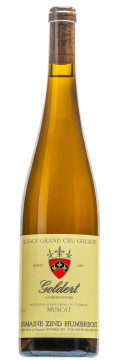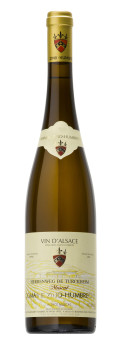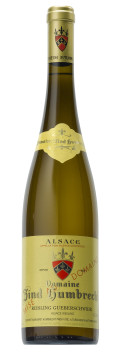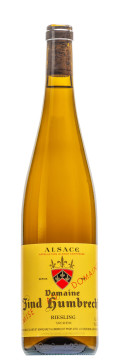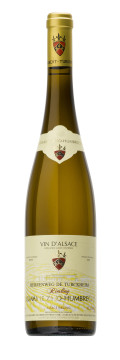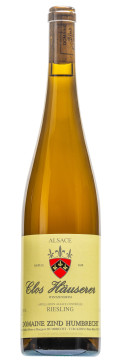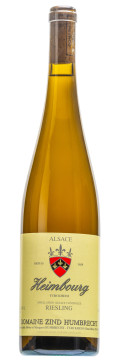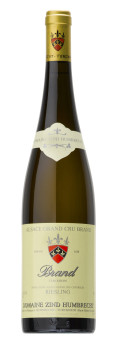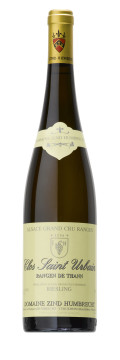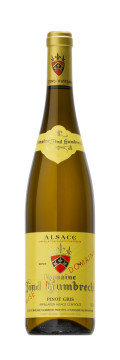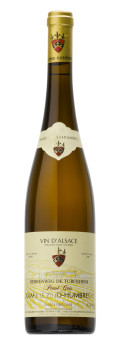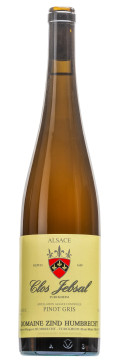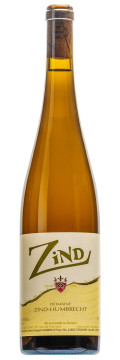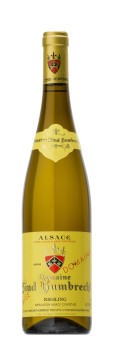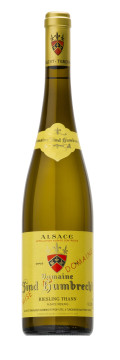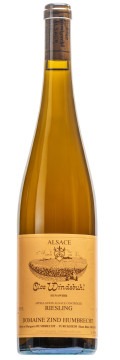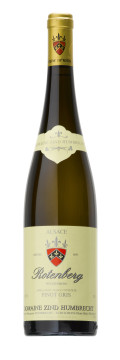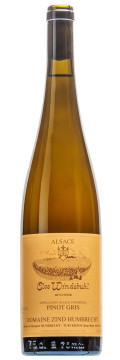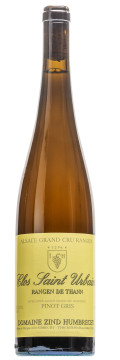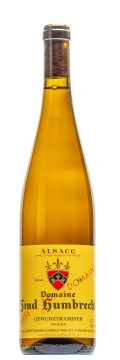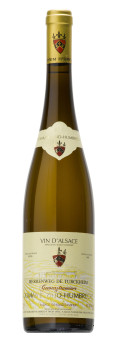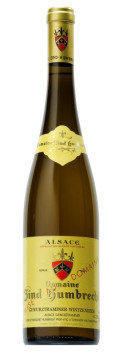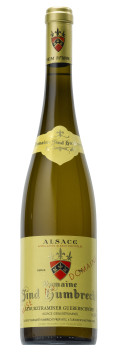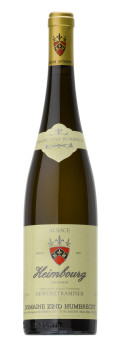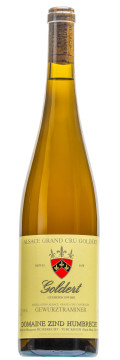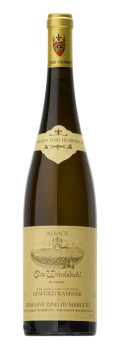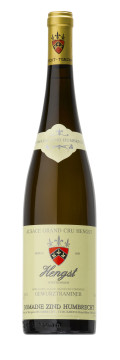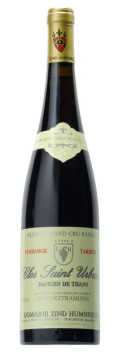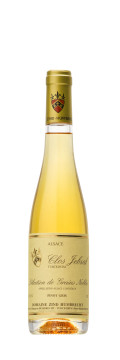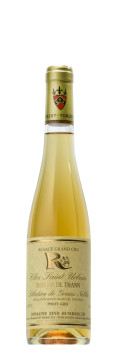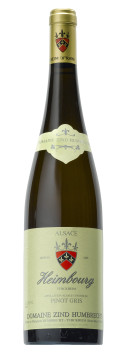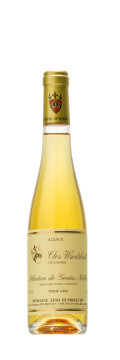Vintage 2001
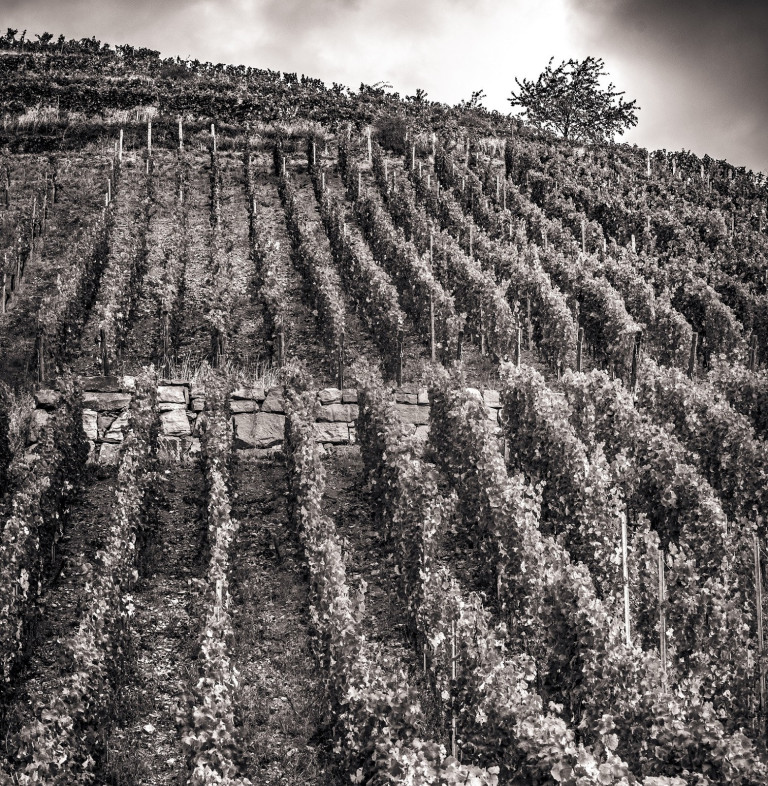
Description of the vintage
It would be so easy to compare the last vintage with previous vintages which are well known, so the potential evolution of each wine would not be a mystery. Unfortunately (or interestingly?), 2001 is not one of those easy year to associate with another one. Budbreak was late, but the flowering was normal during the first two weeks of June. July and August were very warm to hot, allowing the vines to grow regularly thanks to enough rainfalls in most areas in Alsace. September, which is the month that should gives the character to the vintage according to many people, was relatively discreet , almost cold and humid, but not really rainy. The maturity levels were already good end of August, but didn’t progress as hoped in September. The opening date of the harvest was set for October 1st, but n fact, most growers started to pick the grapes from the 10th due to insufficient ripeness. From October 9th to November 5th the weather changed radically and became very dry and warm, helping the vines to fully ripen the grapes and giving good reasons to wait to the growers who showed patience.
The quality of 2001 was in fact determined during the whole year, not just September or October. More than any other vintage, it was crucial to gain precocity and obtain an homogenous véraison (change of colour of the grapes) before the end of August. The yield per vine, the control of the vigour, the quality of the vine training, the intensity of extra buds removal and the management of the hedging (as late as possible) were all equally important to achieve this result. In these conditions, the cold weather of September was not damaging for the ripeness. It helped to keep good acidity levels and good health conditions for the vines well anchored in their soil (thanks to regular ploughings and the grass growing before the harvest in the vineyards). The maturity continued to progress until the first period of warm weather (October 9th – 20th). Then there were some rainfalls and a second good period of warm/dry weather between October 31st and November 5th. The first period was ideal to harvest healthy grapes with good acidity levels, the second period allowed more development of noble rot.
On the Domaine, most vineyards were harvested between October 10th and 20th. The Clos Jebsal, the gewürztraminer Goldert, Windsbuhl and Rangen were harvested early November. No wine was chaptalized and all the vineyards were cultivated in biodynamie. The average yield for the AOC Alsace was 44 hl/ha and 36 hl/ha for the Grands Crus vineyards , normal considering that there was little botrytisation in 2001.
The optimum ripeness of the grapes (the skins were very thick) and the longer ripening season should characterize intense and aromatic wines. The absence of botrytis and over-ripeness in most wines mean that the wines show lots of delicate and fine structures. The 2001 wines are balanced in acidity and ripeness and show little malic character. Most wines (especially the Rieslings) fermented over 6 months.
